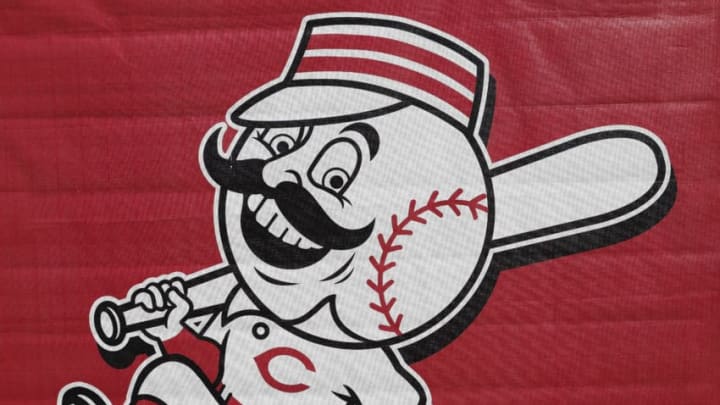
Cincinnati Reds: The all-time tournament
1919 vs. 1940 Reds
The 1919 Reds unjustly exist in the vast shadow cast by that season’s Chicago White Sox, who threw the World Series. The truth is the 1919 Cincinnati club may well have been the better team anyway.
Its attack was focused on outfielder Edd Roush (.321) and third baseman Heinie Groh (.310). But the 1919 team’s true strength was its deep and talented mound staff. The club’s top five starters all produced ERAs below 2.40 and did so while eating up nearly 87 percent of the 1,260 innings the Reds played.
The 1940 team personnel was virtually identical to the 1939 club with one significant difference: it won the World Series. The first Cincy team to win 100 games, Lombardi batted .319, McCormick hit .309, and they combined to drive in 201 runs.
On the mound, Walters and Derringer were as powerful a one-two punch as they had been one season earlier. They won a combined 40 games and worked a combined 602 innings.
Game 1: The first great Reds team compiled a 96-44 record for a .686 percentage. That’s good enough to beat the 1940 World Champions, who went 100-53 for .654.
Game 2: The 1919 Reds beat the scandal-rocked White Sox in eight games of a scheduled best-of-nine. That’s a .625 post-season percentage. The 1940 Reds also won the World Series, but it took them a full seven games to subdue Detroit. That’s a .571 percentage.
Game 3: Behind Roush and Groh, the 1919 Reds piled up a 103 OPS+ that was good enough to best the 1940 club’s ordinary 93 OPS+.
Game 4: It’s a sweep for the 1919 team. Their pitching staff compiled a 126 ERA+, just barely good enough to polish off the 1940 Reds, whose staff of Walters and Derringer topped out at 125.
Result: 1919 Reds in four games
